China Caixin PMI Services dropped to 56.3 in December, down from 57.8, missed expectation of 58.1. Markit said that business activity and new orders both increased at softest rates for three months. Though, optimism towards the year ahead edged up to highest since April 2011. The sharp rise in costs drove steepest increase in output charges for nearly 13 years.
PMI Composite dropped to 55.8, from a more than 10-year high of 57.5. Wang Zhe, Senior Economist at Caixin Insight Group said: “Looking ahead, we expect the post-epidemic economic recovery to continue for several months, and macroeconomic indicators will be stronger over the next six months due to the low bases in the first half of 2020. Entrepreneurs were confident about further improvement to the economy in the upcoming year.
“Meanwhile, we need to pay attention to the mounting pressure on costs brought by the increase in raw material prices and its adverse impact on employment, which is particularly important to figuring out how to exit the stimulus policies implemented during the epidemic.”




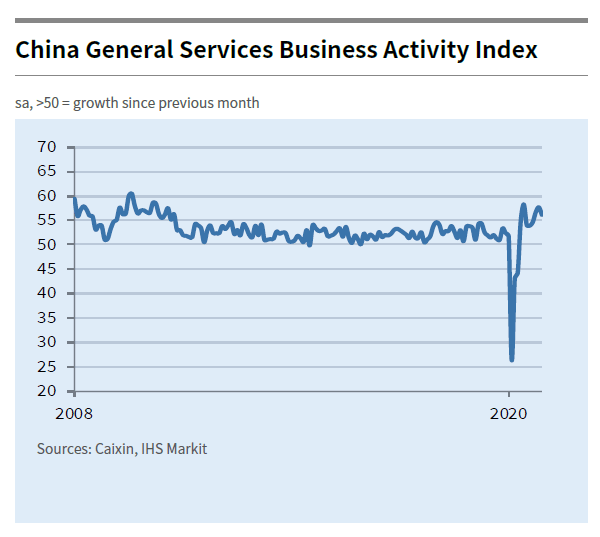
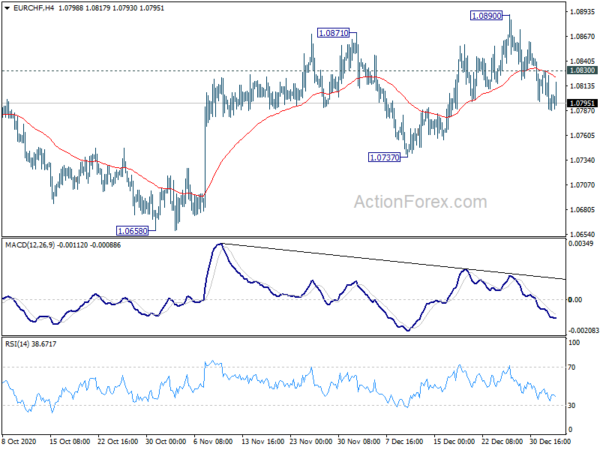
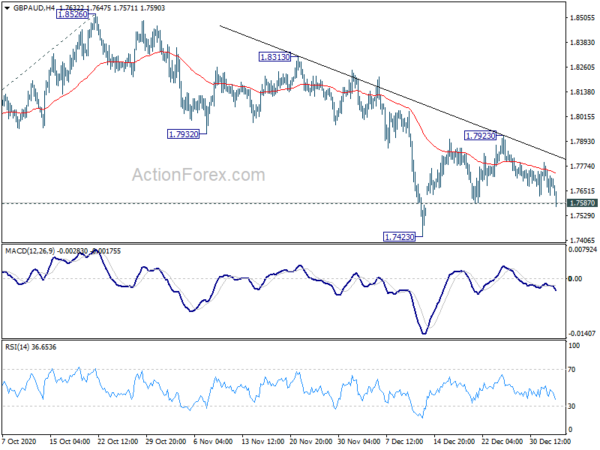
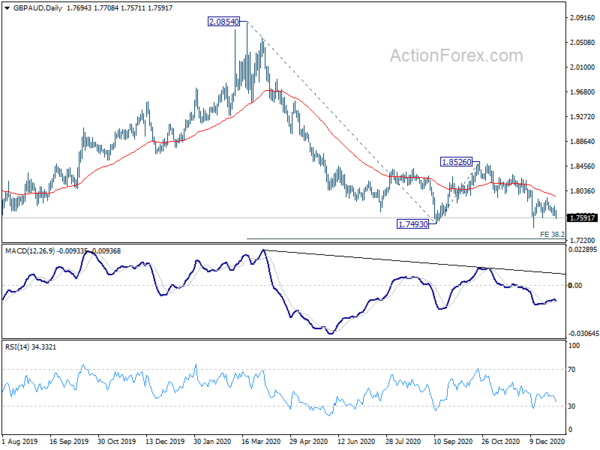
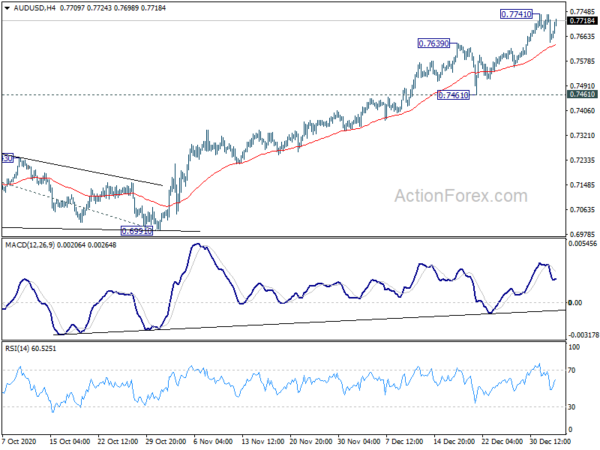
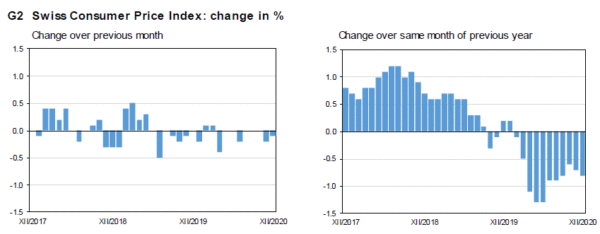
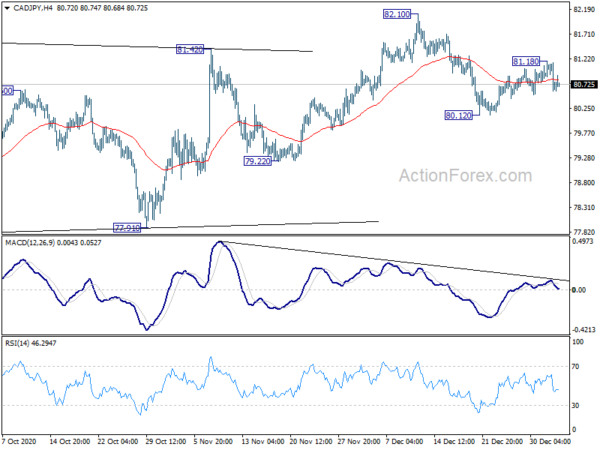
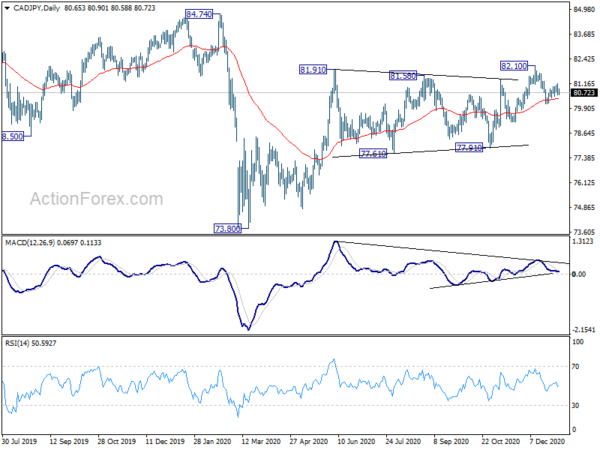
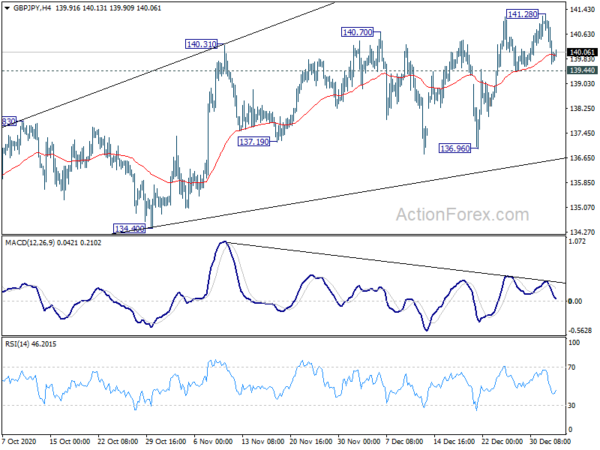
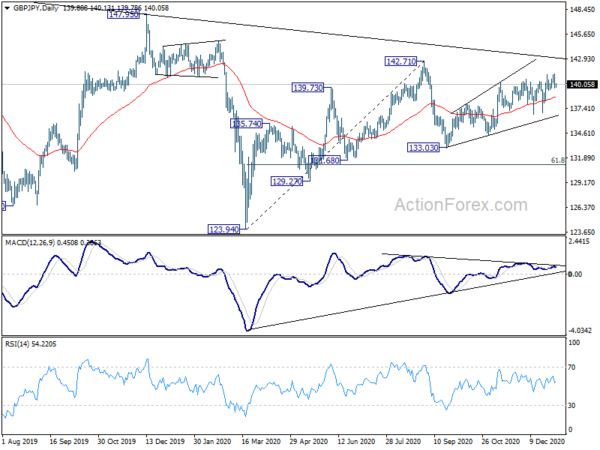
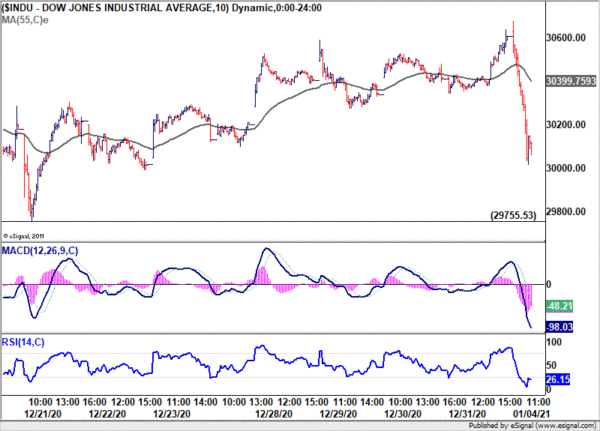
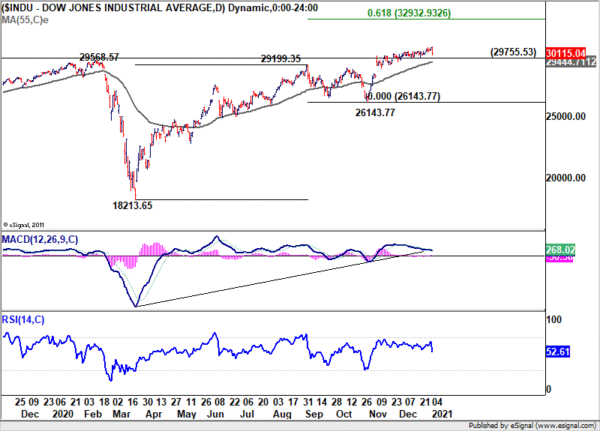
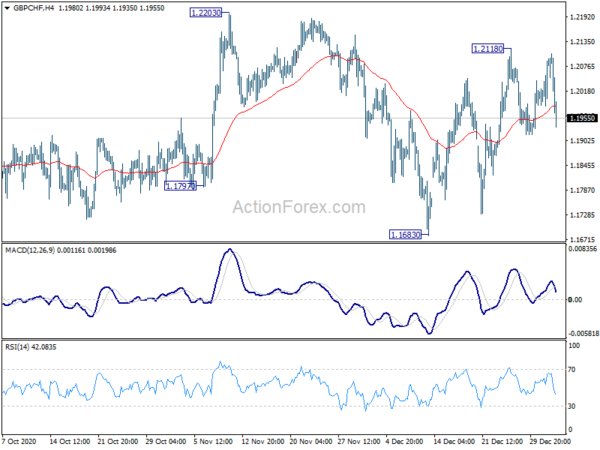






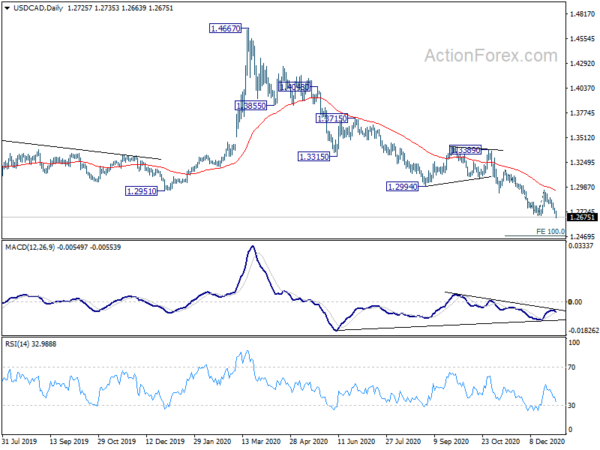
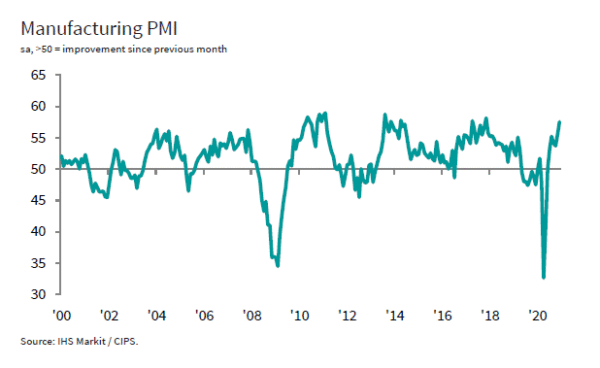
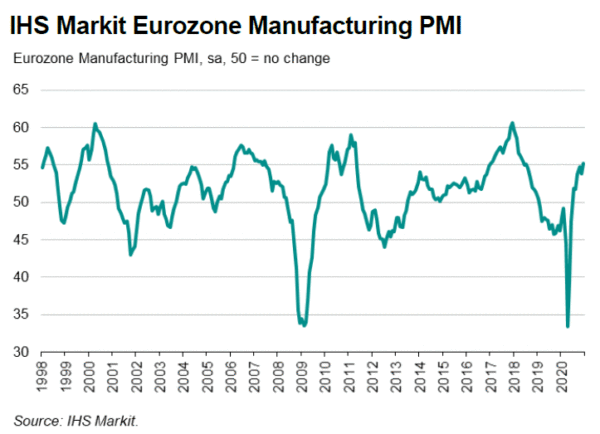
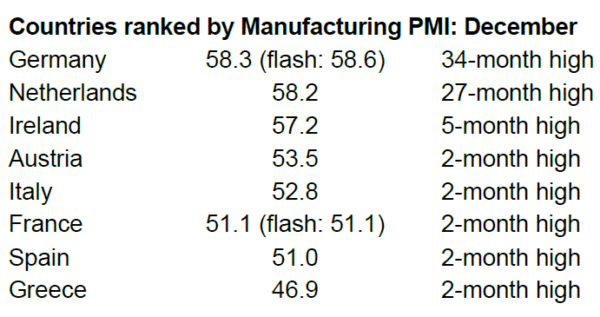
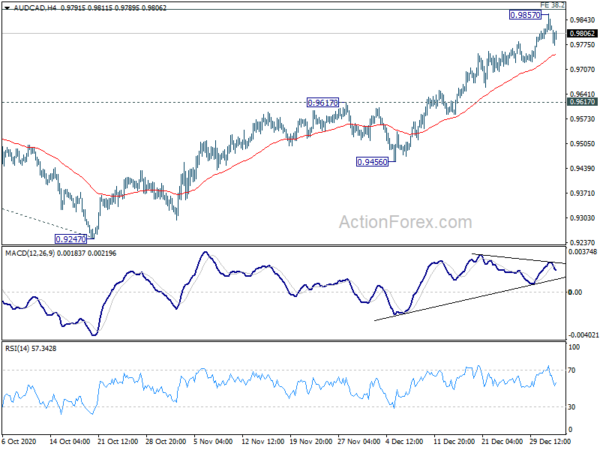
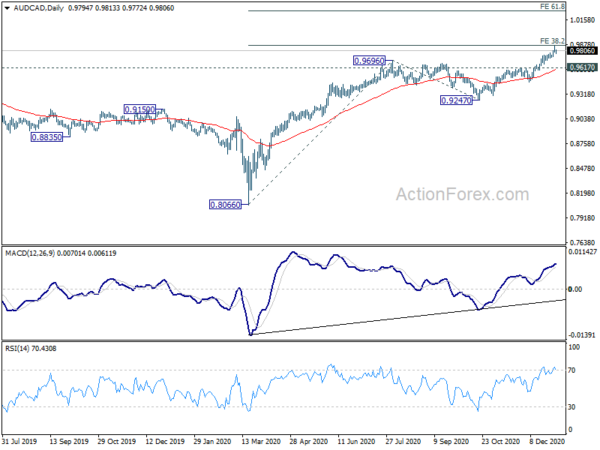
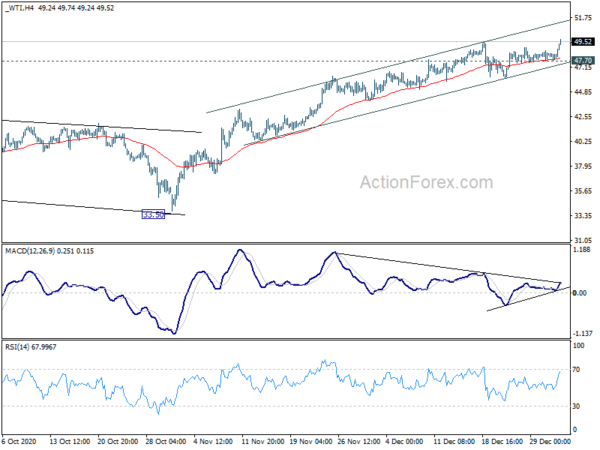
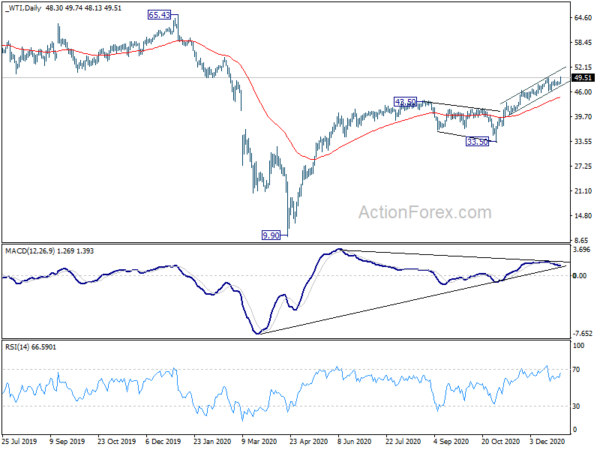

Gold losing some momentum after hitting 1950, still in rally
Gold edged higher to 1955.14 earlier today and appears to be losing some upside momentum. Nevertheless, there is no clear sign of topping yet. Current rise from 1764.31 is still on track to take on 1965.65 resistance next. Firm break there will pave the way to retest 2075.18 high. The momentum after taking out 1965.65 could reveal the chance of resuming larger up trend.
Though, rejection by 1965.50, followed by break of 1934.12 minor support, would prompt a corrective pull back. Gold might correct towards 1906.74 resistance turned support in this case, before staging another rise.